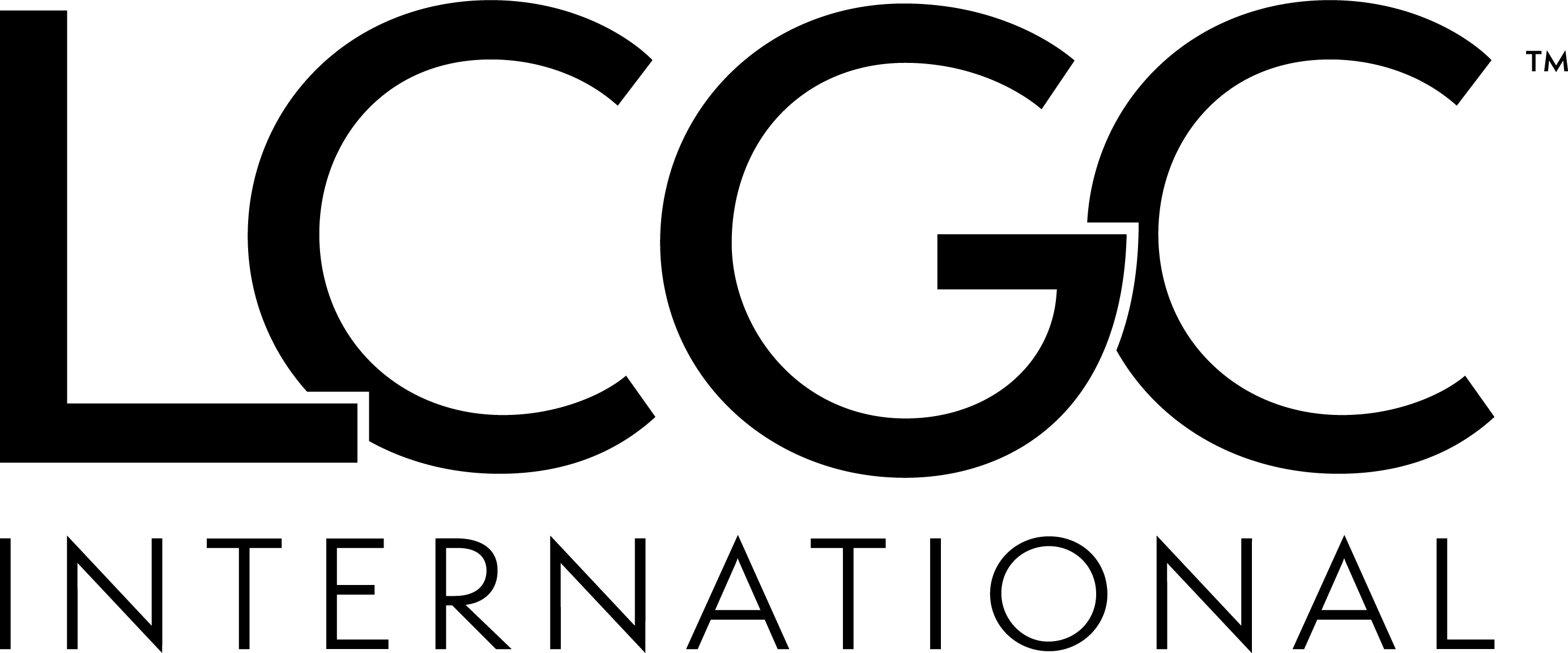
- Applied Clinical Trials-06-01-2012
- Volume 21
- Issue 6
What Do More Complex eCRFs Mean for Clinical Research
Medidata
What Do More Complex eCRFs Mean for Clinical Research?
This month's blog focuses on the eCRF design complexity metric, which is a score that reflects the relative estimated work effort associated with implementing a clinical study eCRF—including eCRF build, testing, and deployment—using Medidata Rave®.
The formula used to compute eCRF design complexity takes into account the study's total number of unique eCRFs, derivations, simple edit checks, and complex edit checks. The score for a given study is a weighted sum of these four eCRF components, where the weight applied to each component represents relative work effort, consistent with Rave study build resource tracking metrics. As a result, the eCRF design complexity score for a given study should not be taken as an estimate of work effort in actual units (e.g., hours, days, etc.) but as an indicator of relative work effort.
Interestingly, as seen in this month's graph, Phase III data from the Medidata Insights metrics warehouse is in agreement with previous information publicized in other industry sources stating that clinical studies have been steadily growing in complexity over the past decade. Furthermore, it readily follows that more complex protocols (i.e., those having more procedures and assessments per subject) lead to more complex eCRFs.
In a recent Data Analysis blog we revealed that a significant increase in eCRF reuse over the past several years has been accompanied by only modest reductions in eCRF build cycle times. Given the corresponding increase in eCRF design complexity over this time period, these modest gains are more understandable. It is very likely that cycle time (and resource) efficiency gains realized by study teams through reuse are being largely offset by the increasing volume of eCRFs and corresponding edit checks that must be configured for each new study. Organizations may be able to address this issue through focused "data reduction" efforts. First, a more structured approach to protocol design should be considered in which non-essential procedures and assessments can be identified and removed before a protocol is finalized. Second, eCRF standards should be developed that focus on removal of superfluous or non-essential data collection. It is estimated that 15% to 30% percent of data collected during the average clinical trial is never used in a new drug application ("Assessing the Downstream Impact of Protocol Design Complexity," Tufts Center for Study of Drug Development, 2009), so an obvious opportunity presents itself.
As always, Medidata is interested to hear your take on this result. Please also stay tuned as we delve further into the Insights metrics warehouse throughout 2012.
—Medidata Solutions,
Articles in this issue
over 13 years ago
ACT Coverover 13 years ago
Clinical Trial Agreement Negotiationsover 13 years ago
Buckthorn Wars and the Essence of Clinical Dataover 13 years ago
European Medicines Agency Under Attackover 13 years ago
Personalized Healthcareover 13 years ago
Pharmacovigilance Outsourcing: A Guideover 13 years ago
Standard of Care Billing More Widespreadover 13 years ago
Phones Still a Vital Part of Clinical Researchover 13 years ago
Business and News Update June 2012Newsletter
Stay current in clinical research with Applied Clinical Trials, providing expert insights, regulatory updates, and practical strategies for successful clinical trial design and execution.





.png)



.png)



.png)
.png)
